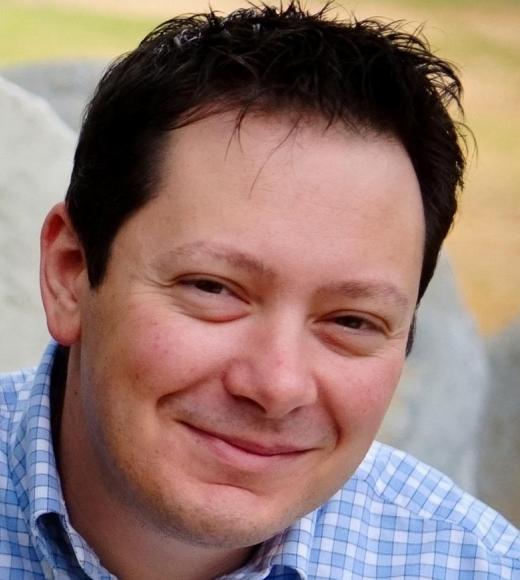
Position Title
Associate Professor
- Neurological Surgery
Neurotrauma
Research Summary
The neurotrauma has a wide-range of research interests. Some of the projects are translational with the goal of implementing our findings in the lab to patients in the ICU. Two current studies are investigating therapies to reduce neuronal toxicity following traumatic brain injury, especially in the cases where patients have a secondary insult such as ischemia, hypoxia or seizures. Additionally the lab is developing a model of neuromodulation (deep brain stimulation) to see if driving specific areas of the injured brain can restore function. The lab is also collaborating with members of the Lawrence Livermore National Lab to develop a sensor which could be used to better assess the forces involved in mechanical and blast injuries that are prevelant in sports and battle-field related injuries respectively.
The neurotrauma labs along with CBST also have an ongoing collaboration with Banyan Biomarkers Inc. in Gainesville Florida. Banyan is interested in developing devices that can measure breakdown products from very specific proteins to assess whether a patient has incurred a brain injury. The collaboration includes several projects related both to understanding the production and measurement of biomarkers as well as potential therapeutic interventions.
One additional interest in the lab is neutriceuticals. Does diet effect the way a brain responds to injury? In the case of professional and semi-professional atheletes or members of our military, are there things that should be included in their diets like omega-3 fatty acids and anti-oxidents? If so in what concentration? When do they have to be consumed relative to time of activity? Our hope is that by addressing these questions we can design and implement a dietary supplement that protects the brains of individuals who are at risk for TBI.
Selected Publication
Gurkoff GG, Giza CC, Hovd DA. Lateral Fluid Percussion Injury in the Developing Rat Causes An Acutre, Mild Behavioral Dysfunction in the Absence of Significant Cell Death. Brain Research 1077(1); 24-36, 2006.
Myer DJ, Gurkoff GG, Norton D, Lee SM, Hovda DA, and Sofroniew MV. Essential Protective Roles of Reactive Astrocytes in Traumatic Brain Injury. Brain 129(Pt 10); 2761-2772, 2006.
Zhang B, West EJ, Van KC, Gurkoff GG, Zhou J, Zhang X-M, Kozikowski AP, and Lyeth BG. HDAC Inhibitor Increases Histone H3 Acyetylation and Reduces Microglia Inflammatory Response Following Traumatic Brain Injury in Rats. Brain Research 1226; 181-191, 2008.
Gurkoff GG, Shin D, Auvin S, Sankar R, and Hovda DA. Acute Neuroprotection to Pilocarpine-Induced Seizures is Not Sustained After Traumatic Brain Injury in the Developing Rat. Neuroscience 164(2); 862-876, 2009
Shahlaie K, Lyeth BG, Gurkoff GG, Muizelaar JP and Berman RF. Neuroprotective Effects of Selective N-Type VGCC Blockade on Stretch Injury-Induced Calcium Dynamics in CorticalNeurons. J Neurotrauma 27(1); 175-187, 2010.
Feng J, Van KC, Gurkoff GG, Kopriva C, Song M, Yuen P, Jiang J, Zhou J, and Lyeth BG. Neuroprotective Efficacy of a NAAG Peptidase Inhibitor in Lateral Fluid Percussion TBI in Rats (submitted)
